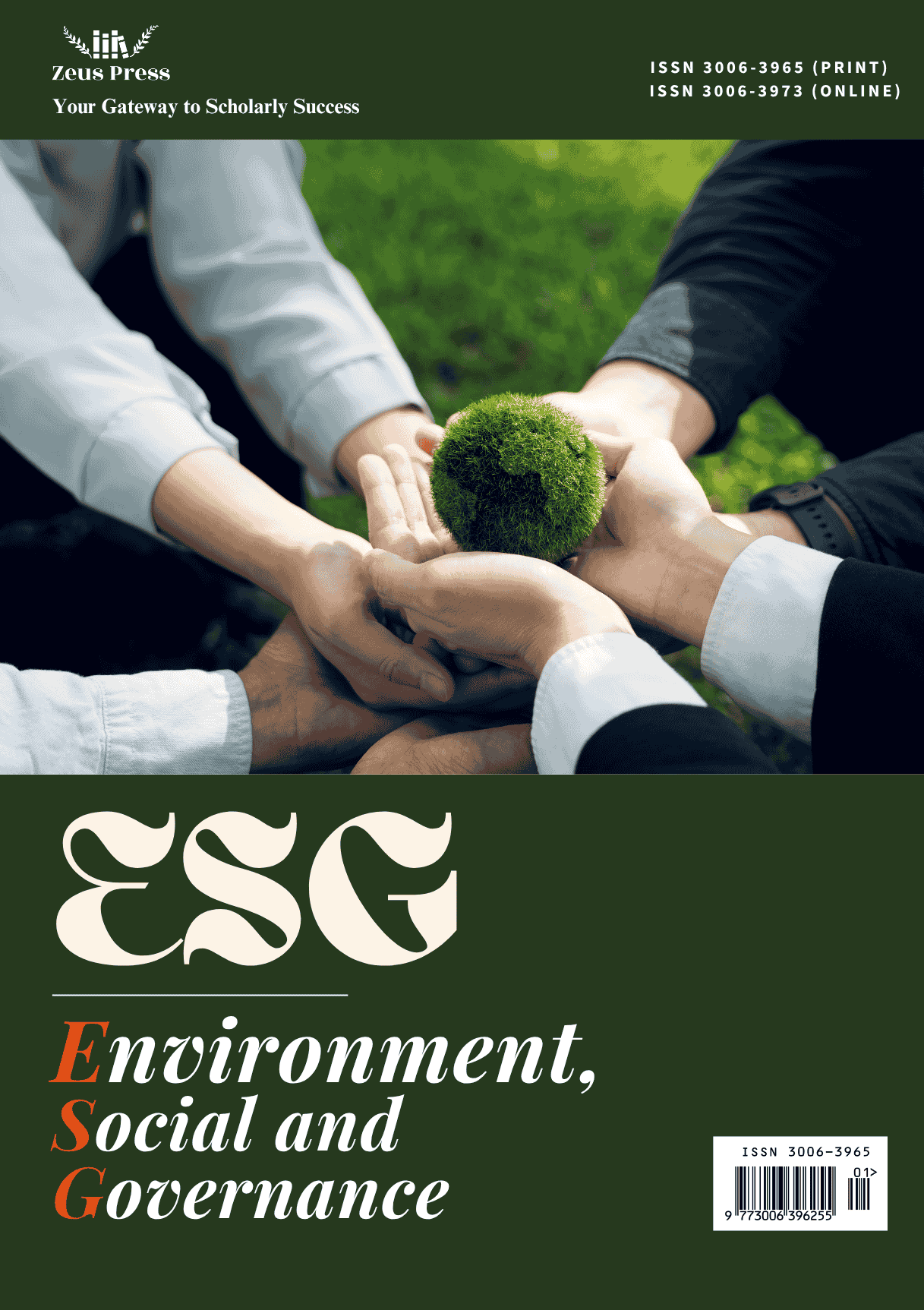Research on the Optimization of Low-Carbon Spatial Layout for Construction Land in Central Urban Areas
Main Article Content
Keywords
central urban area, construction land, low-carbon spatial layout, optimization algorithm, spatial model, sustainable development
Abstract
With the acceleration of urbanization, the construction land in central urban areas not only promotes economic growth but also faces significant carbon emission pressure. To achieve low-carbon development goals, optimizing the spatial layout of construction land in central urban areas has become an urgent issue. Based on the needs of low-carbon development, this study proposes a low-carbon spatial layout optimization method based on algorithms and models. By constructing a spatial layout optimization model and integrating Geographic Information System (GIS) technology with optimization algorithms (such as Genetic Algorithm and Particle Swarm Optimization), this study conducts an in-depth analysis of the low-carbon layout optimization of construction land in central urban areas. Experimental results indicate that this optimization method effectively reduces carbon emissions from urban construction land, improves spatial resource utilization efficiency, and provides scientific decision-making support for urban low-carbon development.
References
- Chen, C. (2023). Evaluation methods and optimization strategies for low-carbon-oriented urban road network structures: A case study of Shanghai. Sustainability (Switzerland), 15(7), Article 5803. https://doi.org/10.3390/SU15075803
- Huang, S., Xi, F., Chen, Y., Gao, M., Pan, X., & Ren, C. (2021). Land use optimization and simulation of low-carbon-oriented: A case study of jinhua, China. Land, 10(10), Article 1020. https://doi.org/10.3390/LAND10101020
- Li, L., Chen, Z., & Wang, S. (2022). Optimization of spatial land use patterns with low carbon target: A case study of Sanmenxia, China. International Journal of Environmental Research and Public Health, 19(21), Article 4178. https://doi.org/10.3390/IJERPH192114178
- Liu, H., Yan, F., & Tian, H. (2022). Towards low-carbon cities: Patch-based multi-objective optimization of land use allocation using an improved non-dominated sorting genetic algorithm-II. Ecological Indicators, 134, Article 108455. https://doi.org/10.1016/J.ECOLIND.2021.108455
- Liu, Y., Xia, C., Ou, X., Lv, Y., Ai, X., Pan, R., Zhang, Y., Shi, M., & Zheng, X. (2023). Quantitative structure and spatial pattern optimization of urban green space from the perspective of carbon balance: A case study in Beijing, China. Ecological Indicators, 148, Article 110034. https://doi.org/10.1016/J.ECOLIND.2023.110034
- Sun, L., & Leng, J. (2021). Research on influencing factors of travel in underground space based on multi-source data: Spatial optimization design for low-carbon travel. Energy and Buildings, 253, Article 111524. https://doi.org/10.1016/J.ENBUILD.2021.111524
- Wang, G., Han, Q., & de vries, B. (2021). The multi-objective spatial optimization of urban land use based on low-carbon city planning. Ecological Indicators, 125, Article 107540. https://doi.org/10.1016/J.ECOLIND.2021.107540
- Wu, H., Fang, S., Zhang, C., Hu, S., Nan, D., & Yang, Y. (2022). Exploring the impact of urban form on urban land use efficiency under low-carbon emission constraints: A case study in China's Yellow River Basin. Journal of Environmental Management, 311, Article 114866. https://doi.org/10.1016/J.JENVMAN.2022.114866
- Wu, R., Lan, H., Cao, Y., & Li, P. (2022). Optimization of low-carbon land use in Chengdu based on multi-objective linear programming and the future land use simulation model. Frontiers in Environmental Science, 10, Article 989747. https://doi.org/10.3389/FENVS.2022.989747
- Zhang, X., & Zhang, D. (2023). Urban carbon emission scenario prediction and multi-objective land use optimization strategy under carbon emission constraints. Journal of Cleaner Production, 430, Article 139684. https://doi.org/10.1016/J.JCLEPRO.2023.139684


